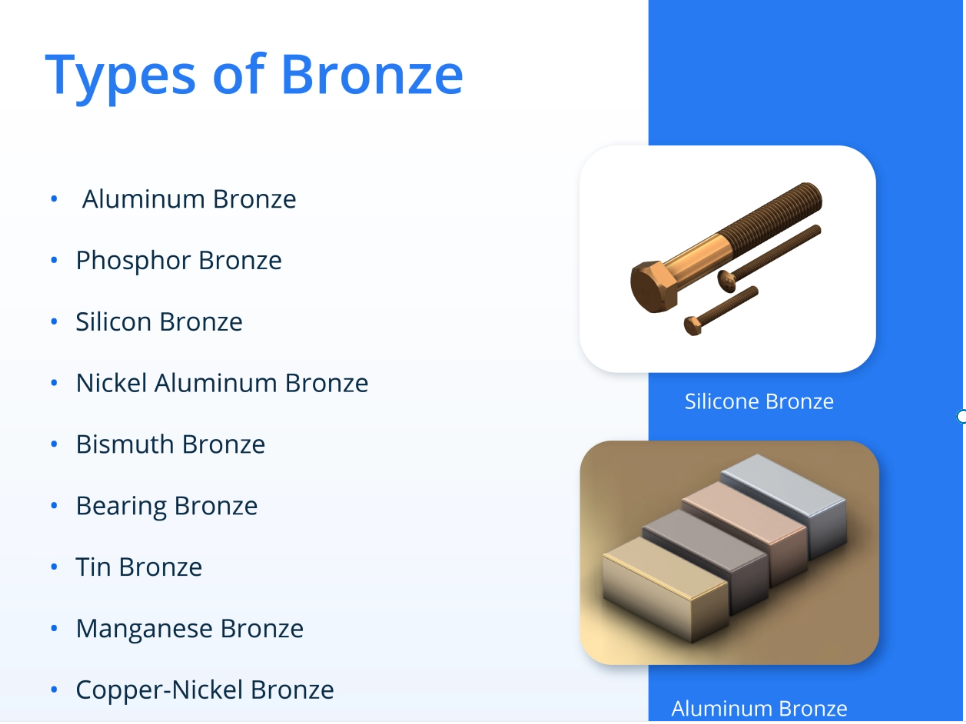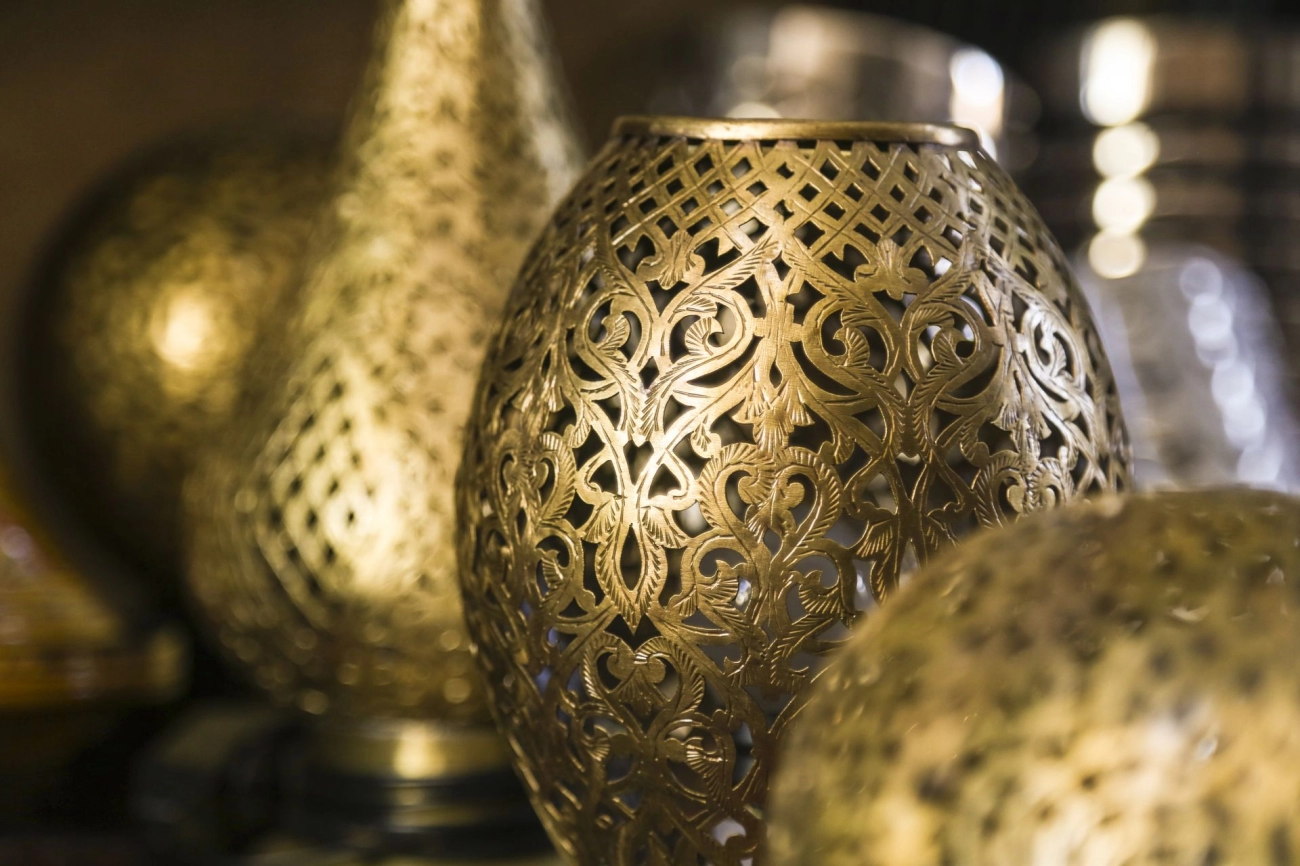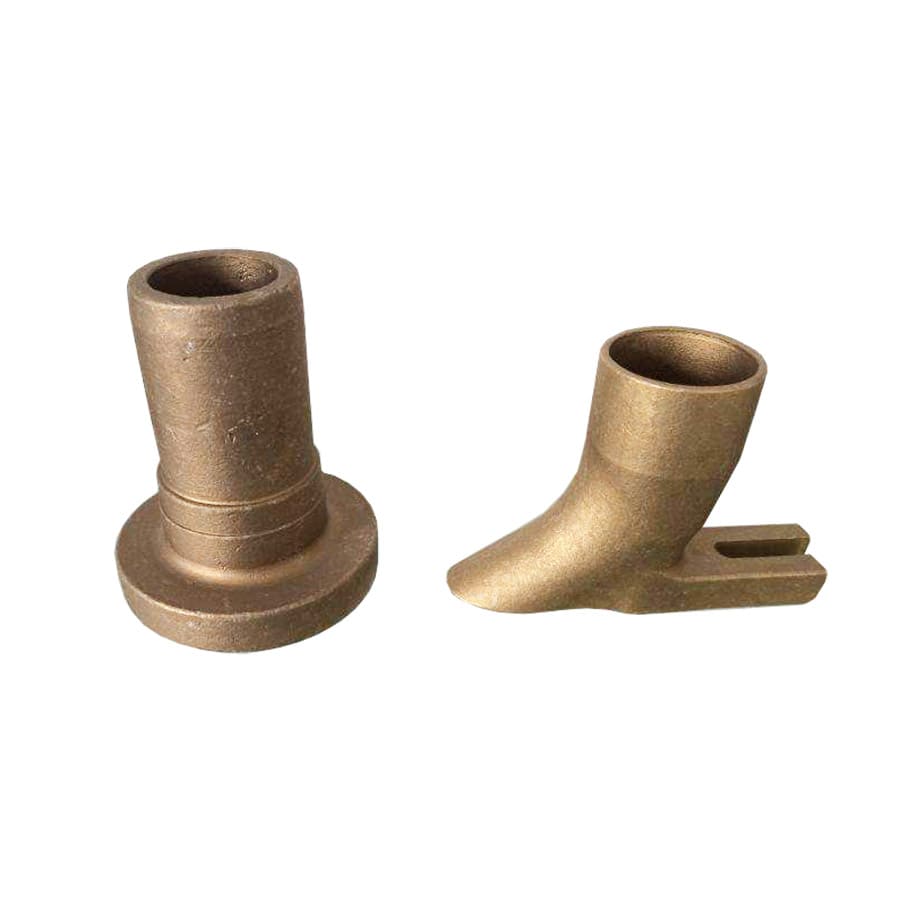Compare bronze vs brass alloys to discover their key differences in composition, strength, corrosion resistance, and best uses for your project needs.
If you’ve ever wondered what sets bronze apart from brass, you’re not alone. These two popular copper alloys often get mixed up, but knowing their key differences can save you time, money, and headaches—especially if you’re planning a project that demands the right metal. From strength and corrosion resistance to color and cost, understanding bronze vs brass is essential whether you’re a DIYer, maker, or industry pro. In this guide, you’ll get clear answers on composition, properties, and real-world uses—arming you to pick the perfect alloy every time. Let’s cut through the confusion and get right to the metal facts!
What Is Brass Composition History and Core Properties
Brass is a versatile metal alloy made primarily by combining copper and zinc. The mix of these two metals can vary, but brass usually contains about 55-95% copper, with zinc making up the rest. This blend gives brass its unique qualities like great strength, corrosion resistance, and an attractive gold-like color.
The Makeup of Brass Copper Meets Zinc
- Copper is the base metal in brass, offering excellent electrical and thermal conductivity.
- Zinc is added to improve hardness, strength, and machinability.
- Different amounts of zinc create varieties like red brass (less zinc) and yellow brass (more zinc), each with specific uses.
- Other elements like lead or tin might be added to enhance cutting performance or corrosion resistance.
A Quick History of Brass From Ancient Coins to Modern Fixtures
Brass has been around for thousands of years. The earliest examples date back to ancient civilizations where it was used for coins, jewelry, and decorative items. The Romans mastered brass production, recognizing its durability and ease in shaping. Fast forward to modern times, brass is everywhere—from plumbing fixtures and musical instruments to decorative hardware and even electronics.
Standout Properties of Brass
Brass is favored because of several key properties:
- Attractive appearance: Its warm gold tone gives an elegant look.
- Corrosion resistance: Resists rust, especially in wet environments.
- Workability: Easy to machine, cast, and shape.
- Non-magnetic: Useful in electrical applications.
- Good conductivity: Offers moderate electrical and thermal conduction.
- Acoustic properties: Ideal for musical instruments due to its resonance.
Overall, brass is a reliable metal alloy with a rich history and a balance
What Is Bronze Composition History and Core Properties

The Makeup of Bronze Copper’s Tin-Powered Partner
Bronze is a copper alloy, but unlike brass, it mainly mixes copper with tin. Sometimes you’ll find small amounts of other metals like aluminum, phosphorus, or manganese added to tweak its strength and durability. The tin usually makes up about 10–12% of the mix, which gives bronze its distinct toughness and corrosion resistance.
The Bronze Age Legacy Tools Weapons and Timeless Strength
Bronze has a rich history that dates back thousands of years. It kicked off the Bronze Age, a major leap from stone tools to metal ones. That shift meant stronger weapons, longer-lasting tools, and paved the way for early civilizations to grow. Even today, bronze holds up well in applications needing durability and toughness thanks to this legacy.
Standout Properties of Bronze
Bronze is known for its:
- High strength and hardness compared to brass, making it great for mechanical parts
- Excellent corrosion resistance, especially in saltwater, so it’s popular in marine uses
- Low friction qualities, which is why it’s often used for bearings and bushings
- A darker, reddish-brown color that’s attractive for sculptures and decorative items
These qualities make bronze a go-to metal when you
Bronze vs Brass Head to Head Comparison
Physical Differences Color Weight and Appearance
Brass usually ranges from bright yellow to gold tones thanks to its copper and zinc mix. It has a shiny, almost polished look and is lighter than bronze. Bronze, made mainly from copper and tin, has a deeper, reddish-brown color that ages to a greenish patina over time. It’s also denser and heavier than brass, giving it a sturdier feel.
Mechanical Properties Strength Hardness and Machinability
Bronze generally beats brass in strength and hardness, making it better for heavy-duty uses like marine hardware or bearings. Brass, on the other hand, is easier to machine and shape. It has good strength but is softer than bronze, which explains why brass is often chosen for decorative pieces and plumbing parts where shaping precision matters more than raw strength.
Corrosion Resistance and Environmental Factors
When it comes to corrosion, bronze usually has the edge. It resists saltwater and harsh environments better, which is why it’s favored in marine and outdoor applications. Brass is fairly corrosion-resistant but can tarnish and degrade faster in salty or humid conditions.
Cost and Availability Breakdown
Brass tends to be less expensive and more widely available than bronze, making it a popular choice for everyday items. Bronze’s higher tin content and complex casting needs often increase costs. However, if durability and corrosion resistance are critical, spending more on bronze pays off in the long run.
Both alloys have solid advantages depending on what the job demands—whether that’s ease of machining, strength, or resistance to the elements. Understanding these key differences helps local businesses and makers in the U.S. pick the right metal
Real World Applications Where Brass and Bronze Excel

Brass in Action Plumbing Decor and Electronics
Brass is super popular in the US for plumbing fixtures because it resists corrosion well and doesn’t rust easily. You’ll find brass in faucets, valves, and pipes all over homes here. It’s also a go-to for decorative items like door handles, light fixtures, and musical instruments thanks to its bright gold-like color. In electronics, brass stands out because it conducts electricity well and machines easily, making it perfect for connectors and sockets.
Bronzes Heavy Hitters Marine Bearings and Sculptures
Bronze is the tough guy of copper alloys. It’s used heavily in marine settings—think ship propellers and bearing bushings—because it can handle saltwater without breaking down. The US Navy and maritime industries rely on marine grade bronzes for long-lasting, corrosion-resistant parts. Beyond that, bronze is a classic choice for statues and sculptures, holding its shape and weathering time beautifully. It’s also strong and wear-resistant, making it suitable for heavy-duty tools and hardware.
Overlap and Hybrids When Both Fit or Dont
Sometimes brass and bronze can be used interchangeably, especially in decorative or architectural applications where looks matter more than extreme strength. But for high-stress or marine environments, bronze usually wins out. Brass is better where easy machining and electrical conductivity matter. There are also hybrid alloys, like phosphor bronze, combining strength and corrosion resistance where a balance is needed. Knowing
How to Choose Between Bronze and Brass for Your Project
When deciding between bronze vs brass, it all comes down to your specific project needs. Here’s a straightforward way to pick the right metal:
Decision Framework Based on Needs
- Strength and Durability: If your project requires high strength and resistance to wear—like marine parts or heavy-duty bearings—bronze is your go-to. For lighter, decorative, or plumbing uses, brass works great.
- Corrosion Resistance: Bronze generally handles outdoor and marine environments better thanks to its tin content. Brass isn’t as corrosion-resistant but shines indoors and in electrical fittings.
- Appearance: Brass offers a warmer, gold-like tone suitable for decorative hardware. Bronze has a deeper, more reddish-brown look, often preferred for sculptures or antique-style fixtures.
- Machinability and Cost: Brass is easier to machine and often less expensive. Bronze can be harder to work with but lasts longer in tough settings, justifying the higher cost.
Maintenance Tips for Longevity
- Keep both metals clean and dry whenever possible.
- For bronze, occasional polishing prevents patina buildup unless you like the aged look.
- Brass benefits from regular cleaning to maintain its shine and reduce tarnishing.
- Use protective coatings or waxes if your project faces exposure to moisture or chemicals.
Local Sourcing and Customization with VastPCC
At VastPCC, we understand the local needs across the U.S., offering tailored solutions with both bronze and brass. Whether you need custom cuts, specific alloys, or quick delivery, we’ve got you covered. Local sourcing means faster turnaround and support that speaks your language—helpful for contractors and makers who want quality metals without delays.
Choosing between bronze and brass doesn’t have to be complicated. Match your metal to your project’s demands—and if you ever need help, VastPCC is here with the right advice and materials.
Common Myths Debunked and FAQs
Busting Myths About Bronze vs Brass
- Myth 1: Brass and bronze are the same thing.They’re actually different alloys. Brass is mainly copper and zinc, while bronze is copper and tin. Each has unique properties and uses.
- Myth 2: Bronze is always stronger than brass.Not always. While bronze is generally harder, some brass alloys can be just as strong and easier to machine.
- Myth 3: Brass is more corrosion-resistant than bronze.It depends on the environment. Bronze often handles marine and outdoor conditions better, but brass works well indoors and in plumbing.
- Myth 4: Bronze and brass have the same color.Brass usually has a yellow-gold shade, while bronze tends to be deeper brown or reddish.
- Myth 5: Bronze is harder to find than brass.Both are widely available in the U.S., but brass tends to be more common in everyday products.
Quick FAQs
- Which is better for marine use, brass or bronze?Bronze, especially marine-grade bronze, is better for salty, wet environments because it resists corrosion and wear more effectively.
- Can brass be used for electrical parts?Yes, brass is a common choice in electronics due to its good conductivity and machinability.
- Is bronze harder to machine than brass?Generally, yes. Brass is easier to work with in machining, making it a favorite for precision fittings.
- What’s the main difference in cost?Brass is often less expensive, but prices vary depending on the specific alloy and market conditions.
- Are there hybrid alloys between bronze and brass?Yes, variations like phosphor bronze or aluminum bronze mix elements for specialized needs.
If you’re unsure which metal fits your project best, keep these myths and facts in mind to make a solid choice.

